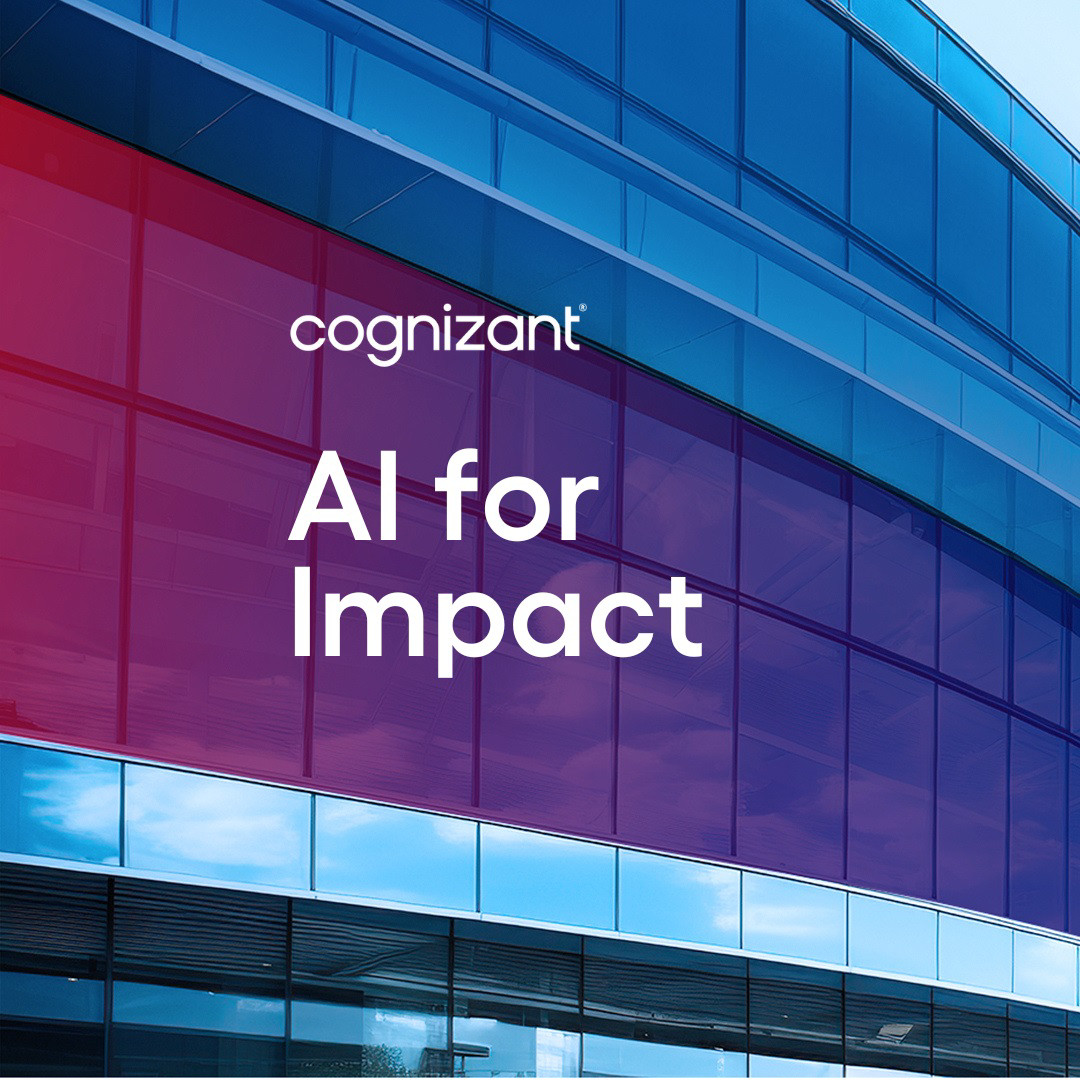What is the agent development lifecycle?
The traditional software development lifecycle (SDLC) is ill-equipped to handle the unique demands of agentic AI. This is largely due to the new nature of systems, a change effected by generative AI.
Software development has traditionally been deterministic—meaning when developing systems, every possible scenario has to be specified in advance, in code. If a bank intends to process loans with 30 different exception cases, programmers have to write rules for all 30. The result is millions of lines of bespoke software that has to be endlessly maintained, migrated and modernized.
Large language models—and other emerging AI models—work differently. They are contextual computing engines. They don’t require every path to be spelled out in advance. Instead, they interpret broad instructions and intent, provided in natural language, and adapt based on the context they are given. That context is what makes each client implementation unique: their data, policies, processes, rules, workflows and the collective wisdom of how their teams actually operate. Just as enterprises once needed bespoke code, they will now need bespoke context engineering for their specific environment.
The agent development lifecycle (ADLC)—sometimes also referred to as agentic development lifecycle—addresses these challenges by providing a repeatable, outcome-driven framework that enables agents to be purpose-built, compliant and optimized for enterprise success.
How is it different from the software development lifecycle?
The ADLC differs significantly from the traditional SDLC due to the characteristics of agentic systems.
Agentic systems are non-deterministic—they are autonomous, adaptive, goal-oriented and capable of proactive behavior.
Key differences between the SDLC and the ADLC
| Dimension | Traditional SDLC | Agentic development lifecycle |
| System role | Executes predefined tasks | Acts as an autonomous collaborator capable of interpreting and prioritizing tasks |
| Behavior | Deterministic and predictable | Adaptive, non-deterministic and context-aware |
| Focus | Correctness and efficiency | Agency, reasoning, adaptability and resilience |
| Iteration driver | Changes in requirements | Changes in goal performance, environment or feedback |
| Success criteria | Functional correctness, performance and maintainability | Goal attainment, trustworthiness, adaptability and responsible behavior |
Key differences in solution architecture
| Aspect | Traditional software architecture | Agentic solution architecture |
| Core design paradigm | Monolithic or service-oriented (SOA/microservices) with fixed logic | Modular, agent-oriented architecture (AOA) with autonomous, goal-driven agents |
| Control flow | Deterministic, predefined sequences and rule-based flows | Adaptive and non-deterministic; agents decide actions based on context and goals |
| State management | Centralized or transactional state stored in a database | Distributed, context-aware state maintained per agent and shared dynamically |
| Decision logic | Hard-coded rules and business logic engines | Cognitive reasoning with planning, inference and learning capabilities. |
| Integration model | API-driven integration with fixed endpoints | Dynamic tool-use orchestration where agents discover/select APIs/tools on demand |
| Data flow | Structured ETL pipelines; batch or synchronous processing | Streaming, unstructured and multimodal data ingestion with continuous updates |
| User interaction | UI-driven workflows with predefined inputs and outputs | Conversational and multimodal interfaces (natural language, speech, vision) |
| Error handling | Predefined exception paths | Self-healing behaviors with retries, reasoning and human escalation when needed |
| Scalability | Horizontal scaling of stateless services | Agent swarming—dynamic collaboration among multiple agents on subtasks |
| Monitoring & governance | Static logging, metrics and dashboards | Telemetry-driven behavioral analytics, drift detection and human-in-the-loop policies |
Testing and quality assurance
One of the areas impacted by the shift to non-deterministic systems design for agentic is testing and validation.
In traditional software development, testing is straightforward because the systems act predictably—what you put in gives a known result. Most errors can be found with standard tests before launch, making it easy to check if everything works as expected.
But with agentic systems, which use generative AI and can act unpredictably, testing changes. Instead of just running fixed tests, teams focus on real-world scenarios and how the system behaves overall. Quality checks happen even after launch, using data and human review to make sure the system stays reliable. Key features include:
- Scenario-based, probabilistic and behavioral testing strategies
- Continuous validation with telemetry and drift detection
- Resilience and adaptability to unforeseen events
- Ethical safeguards and robust human oversight
This adaptive approach is essential to ensure agentic systems remain reliable and aligned with expectations over time.











